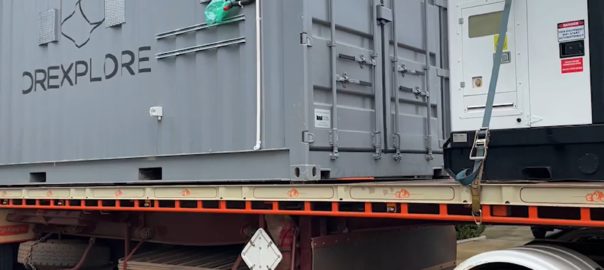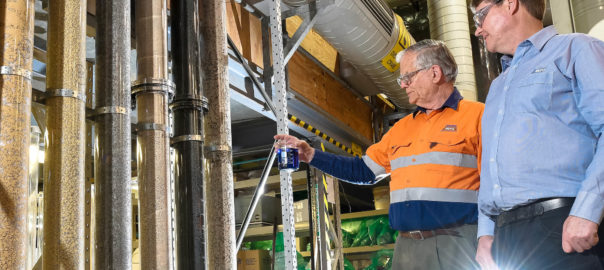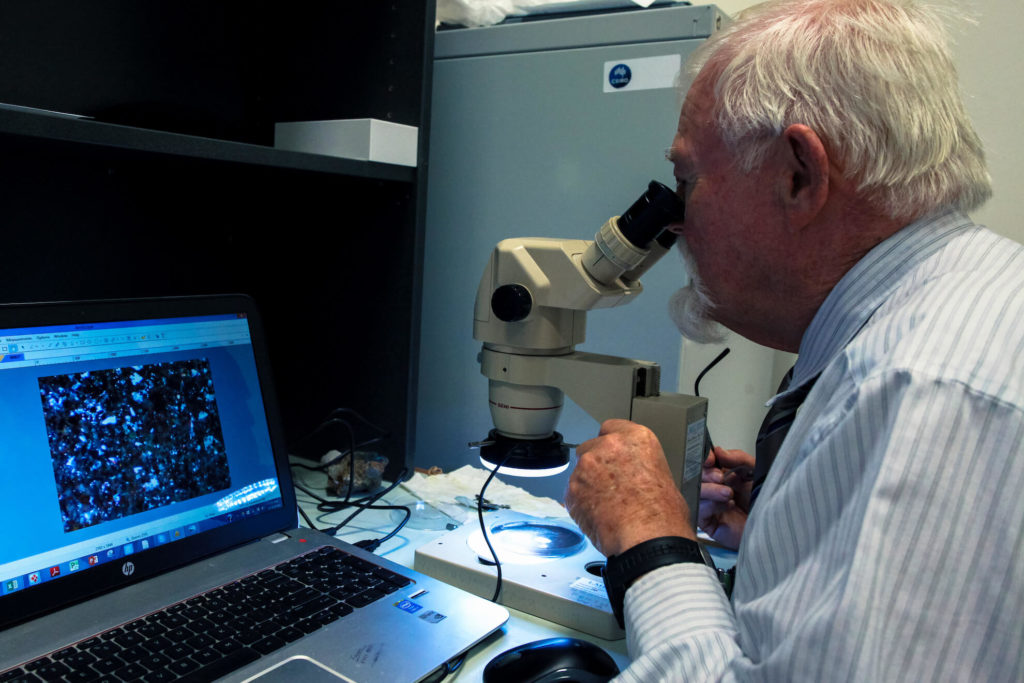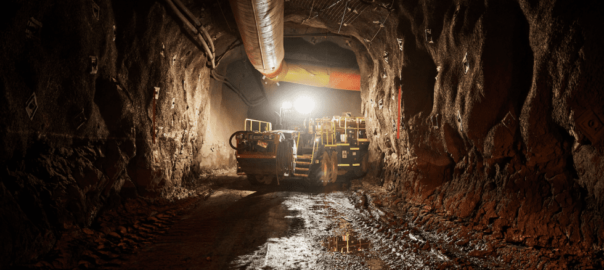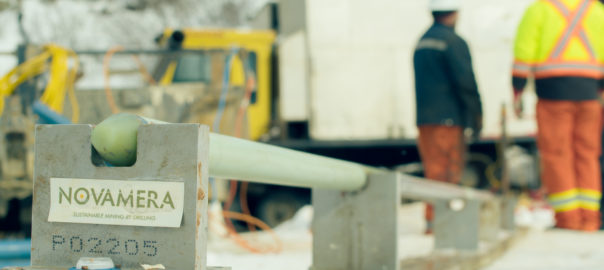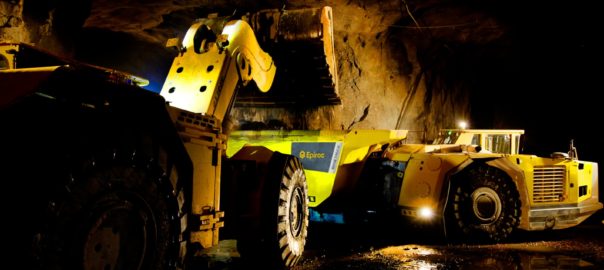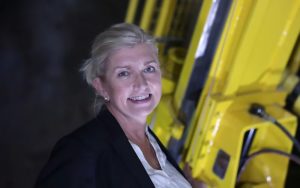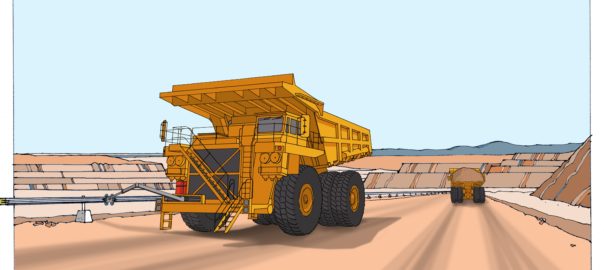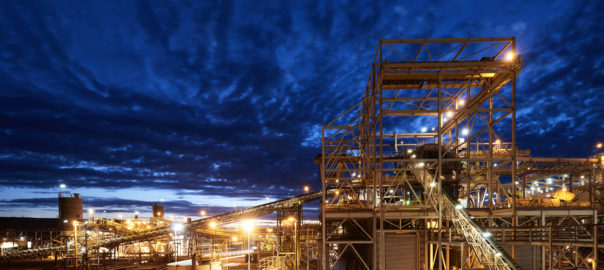OZ Minerals says it has rejected an unsolicited, conditional and non-binding indicative proposal from BHP to acquire all shares in the company for A$25/share ($17.3/share) in cash, valuing the company at an reported A$8.34 billion.
Having assessed this proposal, which represents a 13.1% premium to the volume weighted average price (VWAP) of OZ’s share price for the six months prior, the Board has unanimously determined that the offer significantly undervalues OZ Minerals and, as such, is not in the best interests of shareholders.
For its part, BHP points out in a separate press release that the consideration represents an “attractive premium” of 32.1% to OZ Minerals’ closing price of A$18.92/share on August 5 and 41.4% to OZ Minerals’ 30-day VWAP of A$17.67/share up to and including August 5.
OZ Minerals says the proposal is subject to a number of conditions including:
- The completion of extensive financial, legal, technical and operational due diligence over a proposed six-week timeframe;
- Various financial assumptions;
- A unanimous recommendation of the OZ Minerals Board; and
- Entry into a scheme implementation agreement subject to a range of conditions including no material adverse change, regulatory, shareholder and court approvals and conduct of business restrictions.
OZ Minerals says the Board has been advised by BHP that it has accumulated an interest in OZ Minerals shares via derivative instruments amounting to an interest of less than 5%.
OZ Minerals Managing Director and Chief Executive Officer, Andrew Cole, said: “We have a unique set of copper and nickel assets, all with strong long-term growth potential in quality locations. We are mining minerals that are in strong demand particularly for the global electrification and decarbonisation thematic and we have a long-life resource and reserve base. We do not consider the proposal from BHP sufficiently recognises these attributes.”
In coming to its decision, OZ Minerals says the Board considered that the proposal does not adequately compensate shareholders for:
- The unique nature of OZ Minerals’ core business which represents a high-quality portfolio of copper and nickel assets, located in a Tier-1 mining jurisdiction with long mine lives, first quartile cost positioning and extensive strategic optionality;
- The unique investment proposition which OZ Minerals provides as the only primary copper company in the ASX 100;
- The low carbon intensity of OZ Minerals’ assets relative to its peers with a defined and market- leading plan for further decarbonisation to meet our target of net zero Scope 1 and 2 operational emissions by 2030;
- The high-quality nature of OZ Minerals’ growth projects which include the West Musgrave project (final investment decision scheduled for H2 2022), the Carrapateena Block Cave and the Prominent Hill Extension which together are expected to generate significant production growth over the next five years;
- The strong long-term outlook for both the copper and nickel markets underpinned by increasing geological scarcity, global electrification and accelerating decarbonisation, to which OZ Minerals is highly leveraged; and
- The strong and consistent returns that the OZ Minerals management team has delivered with a total shareholder return of circa-145% over the past five years.
In addition to the above, OZ Minerals would deliver significant synergies and other benefits to BHP which the Board considers are not reflected in the value of BHP’s indicative proposal.
Among there are the operational synergies in both South Australia (between Olympic Dam, Carrapateena and Prominent Hill) and in Western Australia (between Nickel West and West Musgrave).
BHP says the cash offer it has made would deliver immediate value to OZ Minerals shareholders and de-risk any value which may (or may not) eventually be reflected in the company’s share price.
BHP CEO, Mike Henry, said: “Our proposal represents compelling value and certainty for OZ Minerals shareholders in the face of a deteriorating external environment and increased OZ Minerals operational- and growth-related funding challenges.
“We are disappointed that the Board of OZ Minerals has indicated that it is not willing to entertain our compelling offer or provide us with access to due diligence in relation to our proposal.”








